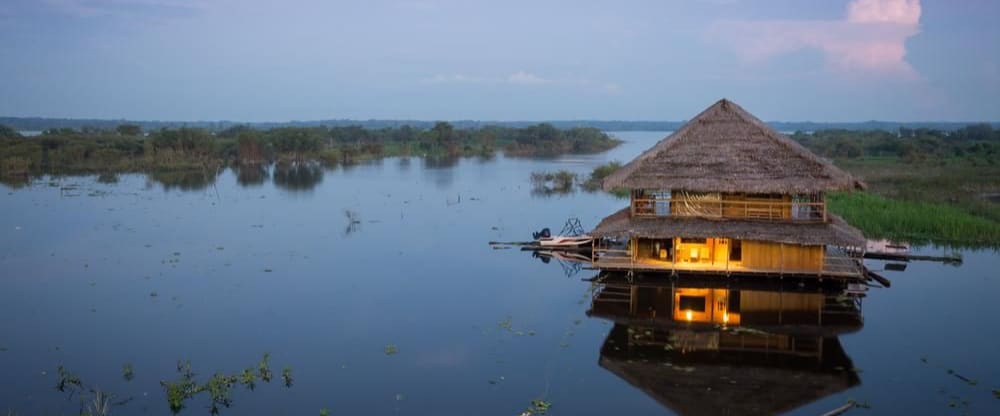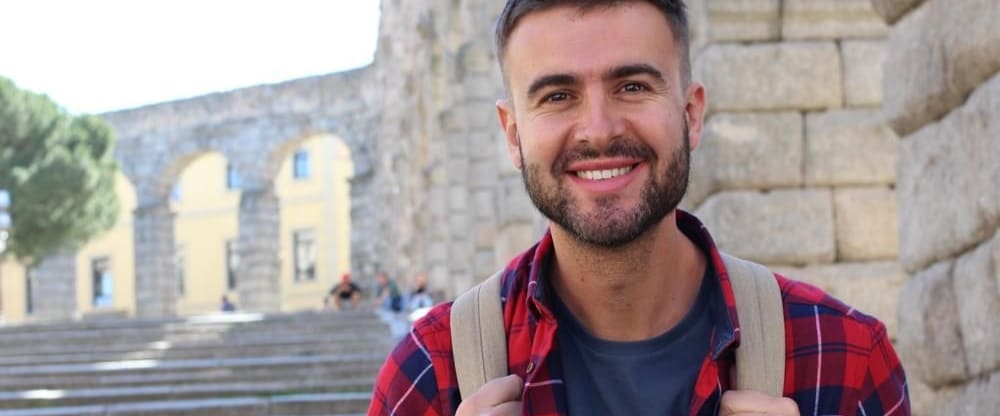Why Indigenous Studies Matter for Natural Sciences Students
For many years, indigenous people and issues were not only disregarded, but also largely invisible in education. However, as the importance of their impact and influence is increasingly asserted, this is rapidly changing. One area where indigenous studies offer unique value? The natural sciences. Here’s a closer look at what students in the natural sciences can gain from indigenous studies.
- Education
- International News

For many years, indigenous people and issues were not only disregarded, but also largely invisible in education. However, as the importance of their impact and influence is increasingly asserted, this is rapidly changing. One area were indigenous studies offer unique value? The natural sciences. Here’s a closer look at what students in the natural sciences can gain from indigenous studies.
Native Knowledge, New Perspectives
Natural sciences are those that deal with the physical world. In addition to the physical sciences like physics, chemistry, astronomy, and geology, they also include life sciences such as biology, marine science and zoology. Ecology is also a type of natural science, and a very important one at that given our current planetary peril.
As ecologists study the relationship between living things and their environments, they stand to learn a lot from the holistic view of ecosystems offered by people who’ve adapted to it for millennia. Also known as Traditional Ecological Knowledge (TEK), the insights of indigenous people are helping scientists understand more about the natural world through their history and culture.
Contend researchers Henry P. Huntington and Nikolai I. Mymrin, “Traditional Ecological Knowledge (or TEK) is a system of understanding one's environment. It is built over generations, as people depend on the land and sea for their food, materials, and culture. TEK is based on observations and experience, evaluated in light of what one has learned from one's elders. People have relied on this detailed knowledge for their survival--they have literally staked their lives on its accuracy and repeatability. TEK is an important source of information and understanding for anyone who is interested in the natural world and the place of people in the environment.”
The impact of indigenous people becomes even more evident when you factor in that they currently own or manage at least a quarter of the earth’s land surfaces, according to the Wildlife Conservation Society (WCS). Says Professor Stephen Garnett of these findings, “Understanding the extent of lands over which indigenous people retain traditional connection is critical for several conservation and climate agreements. Not until we pulled together the best available published information on indigenous lands did we really appreciate the extraordinary scale of indigenous peoples’ ongoing influence.”
And experts say we stand to learn a lot from their stewardship of this land. Asserts researcher John E. Fa, “Where I work in central Africa, indigenous people are synonymous with tropical rainforests in the best condition. But change is happening fast. Empowering indigenous peoples will be key to conserving these forests.”
Echoes WCS’s James Watson, “We found that about two-thirds of indigenous lands are essentially natural. That is more than double the proportion for other lands.”
Opportunities for Diversity
Including indigenous studies can certainly bring new perspectives to higher education, particularly when they're included in the sciences; more importantly, incorporating indigenous studies and cultural awareness into universities can have a positive impact on indigenous students and help to diversify fields of study that have long been dominated by Western thought and Western scientists.
Universities in Canada have begun to require undergraduate students to complete indigenous studies requirements in order to give students a broader understanding of the country's history and culture. And in New Zealand, culturally framed mentoring and support has increased the number of Maori graduates and helped the country's higher education to reach a 'critical mass' of Maori scholars. Other nations, like Australia, are now following New Zealand's lead and investigating how to embed cultural understanding into the higher education system, with the aim of retaining and encouraging Aboriginal enrollments.
Indeed, in Australia, where only one percent of university students identify as indigenous and fewer than half of all indigenous students graduate, science programs aimed at Aboriginal students are particularly effective. Not only do these programs give Aboriginal students the opportunity to explore fields where indigenous students are often underrepresented, they get hands-on experience with indigenous scientists and are able to see, first-hand, how traditional knowledge can be used in conservation and research.
Advocates argue that inclusive programs not only encourage indigenous student success, they improve science and society directly. New Zealand's policies are based on the philosophy that indigenous graduates become policymakers and academics who further the opportunities for others in their communities. One example: Misty Jenkins, a postdoctoral researcher in microbiology and immunology who was also the first Indigenous Australian to attend both Oxford and Cambridge. Jenkins believes that innovation "requires diversity and creative thinking from all backgrounds" and both her research and outreach work are aimed at that goal. Jenkins' research centers on sequencing Aboriginal DNA for a national reference genome, which could improve Aboriginal health outcomes. Currently, DNA sequencing is done in comparison to Caucasian DNA. When she's not sequencing DNA, Jenkins works as an ambassador and mentor, traveling around Australia and meeting with schools and rural communities.
“Multiple Points of Entry” Into Knowledge
At one point not so long ago, Indigenous and Western systems of knowledge were largely viewed as mutually exclusive. However, we now know that there are many ways of knowing, and that in many cases modern “discovery” is in fact a rehashing of Indigenous Knowledge.
One example highlighted by Smithsonian magazine? A team of researchers recently determined that northern Australia’s “firehawk” raptors spread wildfires intentionally by carrying burning sticks in their beaks and talons. While this research provided important evidence of non-human tool use, the real surprise is that the region’s indigenous people had known about these behaviors for thousands of years.
The takeaway, according to Smithsonian? “The worldwide attention given to the firehawks article provides an opportunity to explore the double standard that exists concerning the acceptance of Traditional Knowledge by practitioners of Western science.
Aboriginal astronomer Karlie Noon, meanwhile, reminds us of the degree to which Indigenous and Western ways can work together. “We’ve got the science in traditional stories and I’m a huge advocate for science that has a meaning and has a cultural significance. [The scientific content embedded in traditional knowledge] has stayed within cultural circles and with the knowledge-holders, but it’s now becoming more accessible to people,” she told the Northern Daily Leader.
Indeed, stories just like these are playing out everywhere from boosting climate resilience in Africa to discovering “new” natural bug repellents.
A Call for Inclusion
Yet even as the advantages of multidisciplinary approaches incorporating indigenous points of view are heralded, indigenous voices are still being talked over.
Earlier this summer, for example, Donald Trump issued an Executive Order which replaced Barack Obama’s eco-forward National Ocean Policy with one putting economy, security, and energy ahead of ecosystems, thereby essentially removing the wisdom of indigenous voices from the conversation, according to National Geographic.
Says Kelsey Leonard, tribal co-lead of the former Mid-Atlantic Regional Planning Body, of the development, “The people who are on the front lines of climate change are indigenous peoples. So the removal of language that references climate change -- not only in this executive order, but throughout this administration -- is an affront to tribal sovereignty.”
Asks Margaret Spring, chief conservation officer of Monterey Bay Aquarium, of the questions that linger following the policy change, “I think what they say is they’ll make decisions on science, but what does that mean to them? And how do they interpret that? And whose science? And how is it reviewed?”
Scientists with open minds and well-rounded perspectives may be uniquely positioned to answer these questions in a way that bridges the gap toward critical balance. At the same time, some indigenous societies are taking matters into their own hands when it comes to preserving their culture and wisdom. Learn more about Colombia’s Misak University here.
Thinking about pursuing a degree in indigenous studies, meanwhile? Check out these five reasons to do so.

Joanna Hughes
Author
Joanna worked in higher education administration for many years at a leading research institution before becoming a full-time freelance writer. She lives in the beautiful White Mountains region of New Hampshire with her family.


